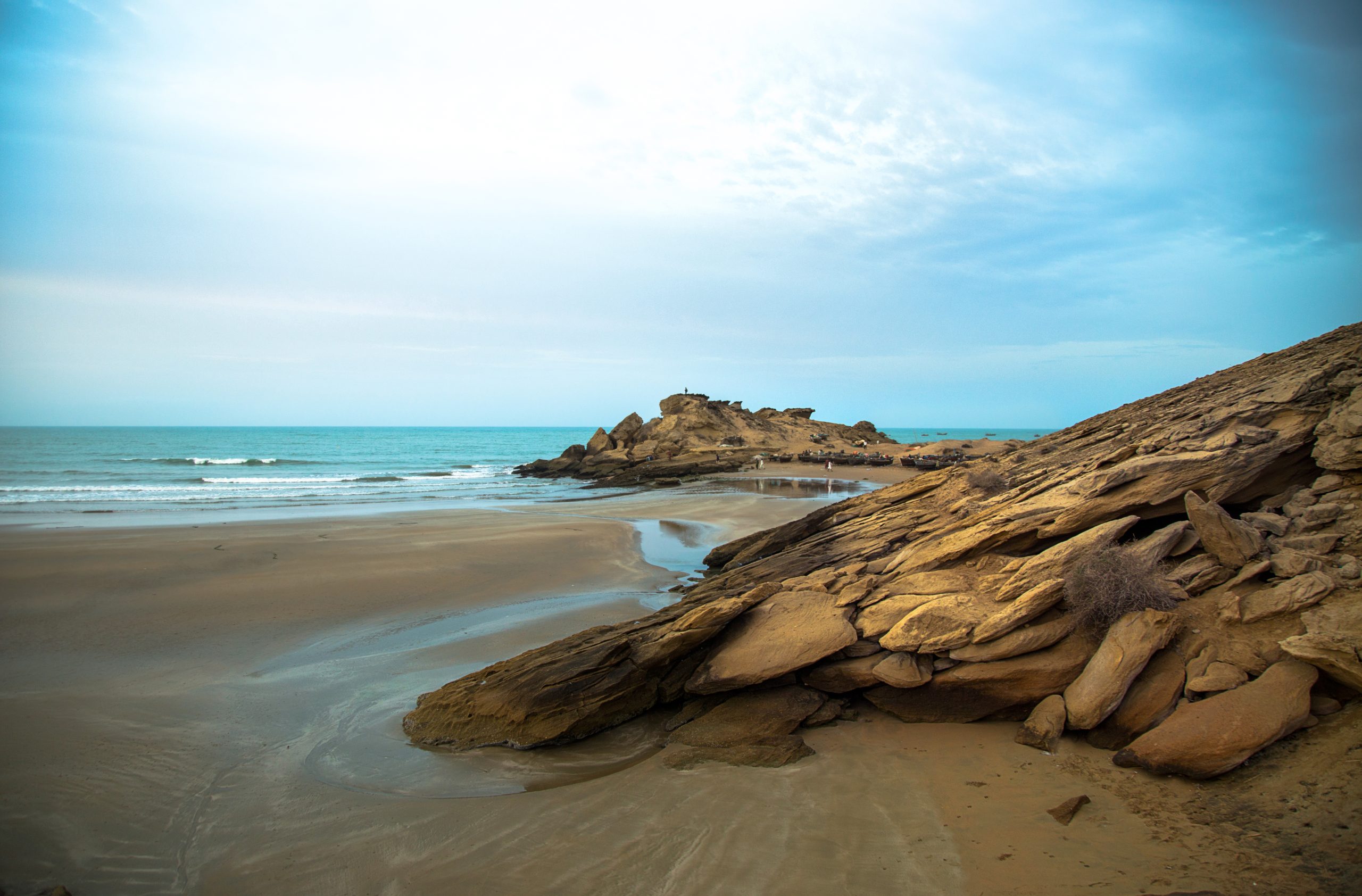GEOGRAPHY
Balochistan, located in the southwestern part of Pakistan, spans an area of 347,190 square kilometers (134,050 square miles), making it the largest province in the country, covering 44% of Pakistan’s total land area. The province shares borders with Afghanistan to the north and northwest, Iran to the southwest, and the Pakistani provinces of Punjab and Sindh to the east. It also borders Khyber Pakhtunkhwa and the Federally Administered Tribal Areas to the northeast, while the Arabian Sea lies to its south. Situated on the southeastern edge of the Iranian plateau, Balochistan is strategically located, connecting the Middle East, Southwest Asia, Central Asia, and South Asia. Its proximity to the Strait of Hormuz offers the shortest land route from seaports to Central Asia, making the region historically significant and a focal point for global powers.
The provincial capital, Quetta, lies in the northeastern part of Balochistan, nestled in the Sulaiman Mountain range. Located in a river valley near the Bolan Pass, Quetta has historically served as a key route connecting the coast to Central Asia through Afghanistan’s Kandahar region. Over the centuries, empires such as the British have used this route for invasions into Afghanistan.
Balochistan boasts a wealth of natural resources, both renewable and non-renewable, and is the second-largest supplier of natural gas in Pakistan. Despite this abundance, the province’s renewable energy and human resource potential remain largely untapped, and much of its population continues to rely on ancient water sources and traditional lifestyles in small towns.
CLIMATE
The climate in the higher elevations of Balochistan is marked by extremely cold winters and hot summers. Northern regions like Ziarat, Quetta, Kalat, Muslim Bagh, and Khanozai experience freezing winters, with temperatures dropping as low as −20°C (−4°F). In contrast, areas closer to the Makran coast have milder winters. The lower plains, meanwhile, experience milder winters with temperatures rarely falling below freezing. Summers across the province are typically hot and dry, with the plains and arid zones, such as Chagai and Kharan, often experiencing temperatures that can soar to 50°C (122°F). The highest temperature ever recorded in Pakistan, 53°C (127°F), occurred in Sibi on May 26, 2010. Other notably hot areas include Turbat and Dalbandin. The desert regions of Balochistan are particularly harsh, with extreme heat and dryness, often accompanied by fierce windstorms that make these areas difficult to inhabit.


